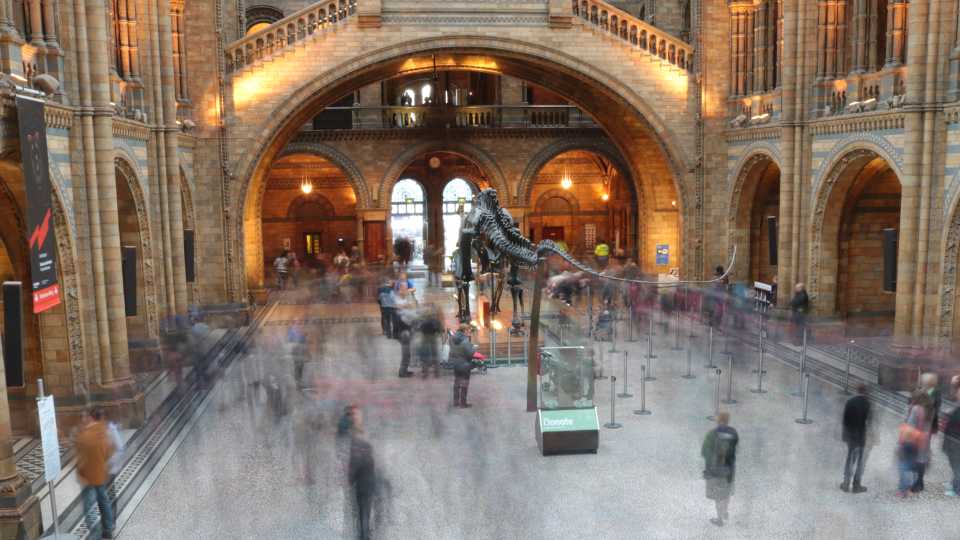Long exposure photography isn’t something I get much to do during my normal photography work.
The majority of the time 127 Media’s clients are businesses, organisations, groups and associations that want a specific job done. The bulk of our photography work is images of staff, vehicles, buildings, products or events.
The images are then used for news reports, websites, digital marketing campaigns, archiving, funding requests, business brochures and general marketing information, among other things.
When I’m not working for clients, I like to get out and about, to try new techniques or lenses for ideas that I can then try to utilise in my work. Much of the time, my subjects are landscapes, plants, birds and animals, as I like to get out in nature.
Museums are also another favourite place to capture images. Like this one, I took at the Natural History Museum, London, using long exposure photography.

The image was taken on a Canon EOS 750D, F-stop f/22, ISO-100, with a focal length of 20 mm and an exposure time of 15 seconds. I love the ghosting effect the long exposure creates on the people moving about, while the dinosaur skeleton provides a static focal point.
What is meant by long exposure photography?
Long exposure photography is a great way to capture stunning photographs. It can be challenging to get the perfect shot, but with a few tips, you can be well on your way to capturing incredible images.
So, how do you take a long exposure photgraphs
Here are 5 tips for long exposure photography:
- Use a sturdy tripod. Having a sturdy tripod is essential for long exposure photography. If your tripod is unstable, it can cause blurry photos due to camera shake. Invest in a quality tripod that will keep your camera stable for long periods of time.
- Use a remote shutter release. Using a remote shutter release can help reduce camera shake. This will also make it easier to take multiple shots with the same settings.
- Use a low ISO. To reduce noise in your photos, use a low ISO setting. This will give you a cleaner image with less digital grain.
- Use a low aperture. Lower apertures create a greater depth of field, which is essential for long exposure photography. The wider the aperture, the more light you can let in, allowing you to capture more detail in your photos.
- Experiment with different shutter speeds. Different shutter speeds will produce different results. Experiment with different speed settings for long exposure photography, to find the perfect one for your photo.
By following these tips, you can start capturing stunning long exposure images. With practice and experimentation, you can take your photography to the next level.
